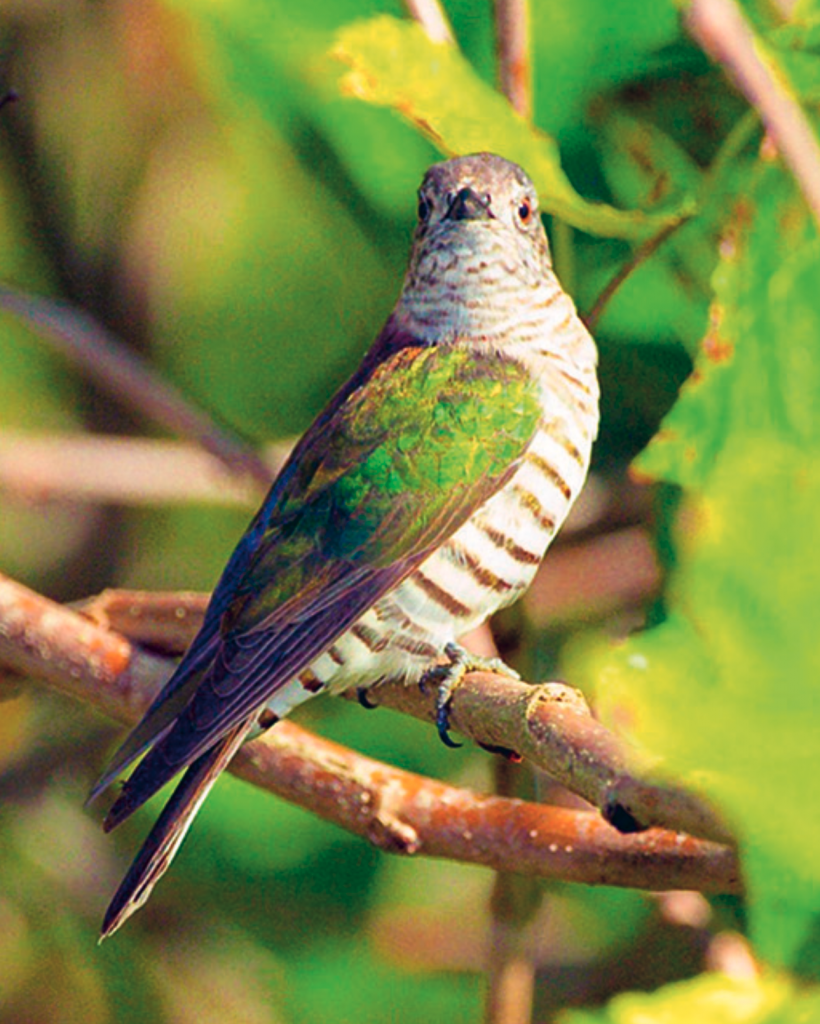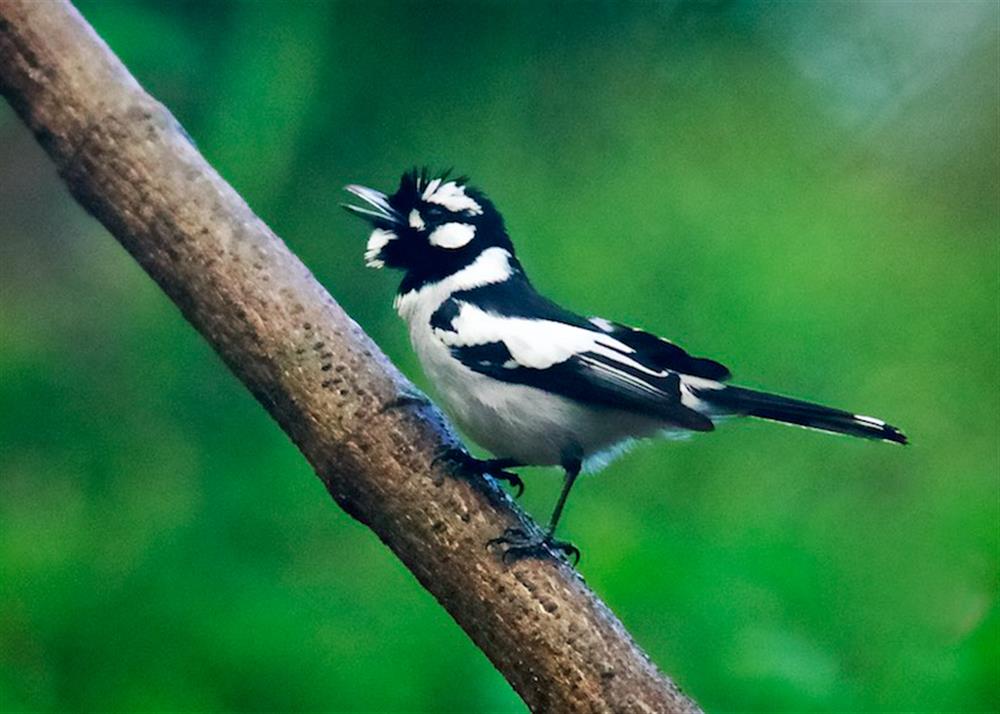THE presence or absence of certain bird species is a clear indicator of the suitability of the local environment. It can be a useful way to evaluate projects such as the rehabilitation work being done by various groups such as the Moggill Creek, Cubberrla-Winton and the Pullen Pullen Catchment Groups. It can also be a useful guide on the success of backyard plantings to attract birds around the house.
One of the best indicators of a healthy environment is the Willie Wagtail. It is one of the few insect eaters that is not driven out by the “Black and Whites”: the aggressive Magpies, Butcherbirds, Noisy Miners and Crows. If the Willies are not around then it is an indicator that either the environment is not supporting insects or the area is being managed in such a way that its supporting the Black and Whites at the expense of the smaller insect eaters such as the three beautiful Fairy-wren species that are found in the area. The biggest mistake is to develop an area with just pasture or lawn and trees. This will encourage the Black and Whites. Planting shrubs and native grasses and incorporating sheltered access to water will bring in the Willies and Wrens.
The seed eating finches are another good indicator. Double-barred and Red-browed finches are our most common species. They also are advantaged by the planting of shrubs and safe access around water sources. Fencing off areas of grasses to go to seed will also bring in the flocks of Chestnut-breasted Mannikins that used to be widely prevalent in the past.
A great indicator of the success of rehabilitating an area for birds is the presence during the breeding season of Cuckoos, particularly the three small Bronze-cuckoo species. If they are not present from August to January, then it is a sure indicator the Wrens, Finches and Honeyeaters are not established in the area. The Cuckoos will not stay around if there are no nests for them to parasitise.

Shining-Bronze Cuckoo Photo: Ed Frazer
We are lucky to have some of the rarest of Australian birds in our area and Birders from all over Australia visit here to sight three species: the White-eared Monarch, the Black- breasted Button-quail and the Lewin’s Rail. The White-eared Monarch can be found in suitable dense bush along Gold Creek and at the reservoir. It has an interesting habit of hovering above the foliage of broad-leaved shrubs and trees where it flushes out insects it takes on the wing. We can help secure this species by plantings of broad- leaved shrubs and providing access to sheltered water sources.

White-eared Monarch Photo: Ed Frazer
The Black-breasted Button-quail was a “trophy” species for birders in the area but worryingly it is rarely seen these days. It is probably still in the back areas around the Gold Creek Dam where there is a bit of remnant rainforest habitat. The Lewin’s Rail is established along Gold Creek where there is suitable habitat. They like to
make tunnels through the long grasses growing alongside the creek. They are a very secretive bird that is difficult to see and photograph. They have a distinctive call that sounds like two coins being clicked together. The rehabilitation being carried out in the riparian areas by our catchment groups is helping develop more habitat for this species.
What species of birds are present in your area will give a good indication of the health of the habitat. The presence of species such as the Willie Wagtail and sightings of rare species such as the White-eared Monarch, are good indicators of the health or otherwise of the habitat to support both common and rare species. In the Western Suburbs we are holding on and have lost only a few species, but our land management will have a lot to do with how the birds prosper in the future.
For more information on local bird species, consult the Field Guides
Thanks to Ed Frazer for this month’s words and photos.
Wildlife Matters is published in:


